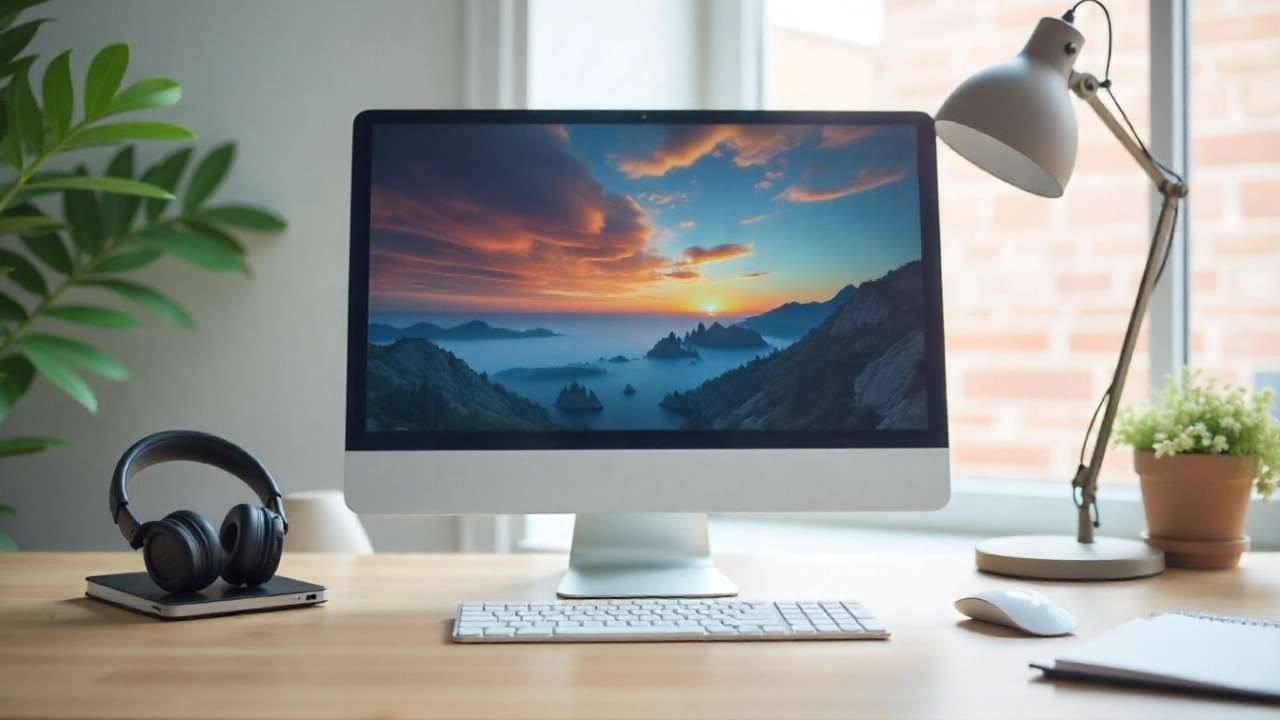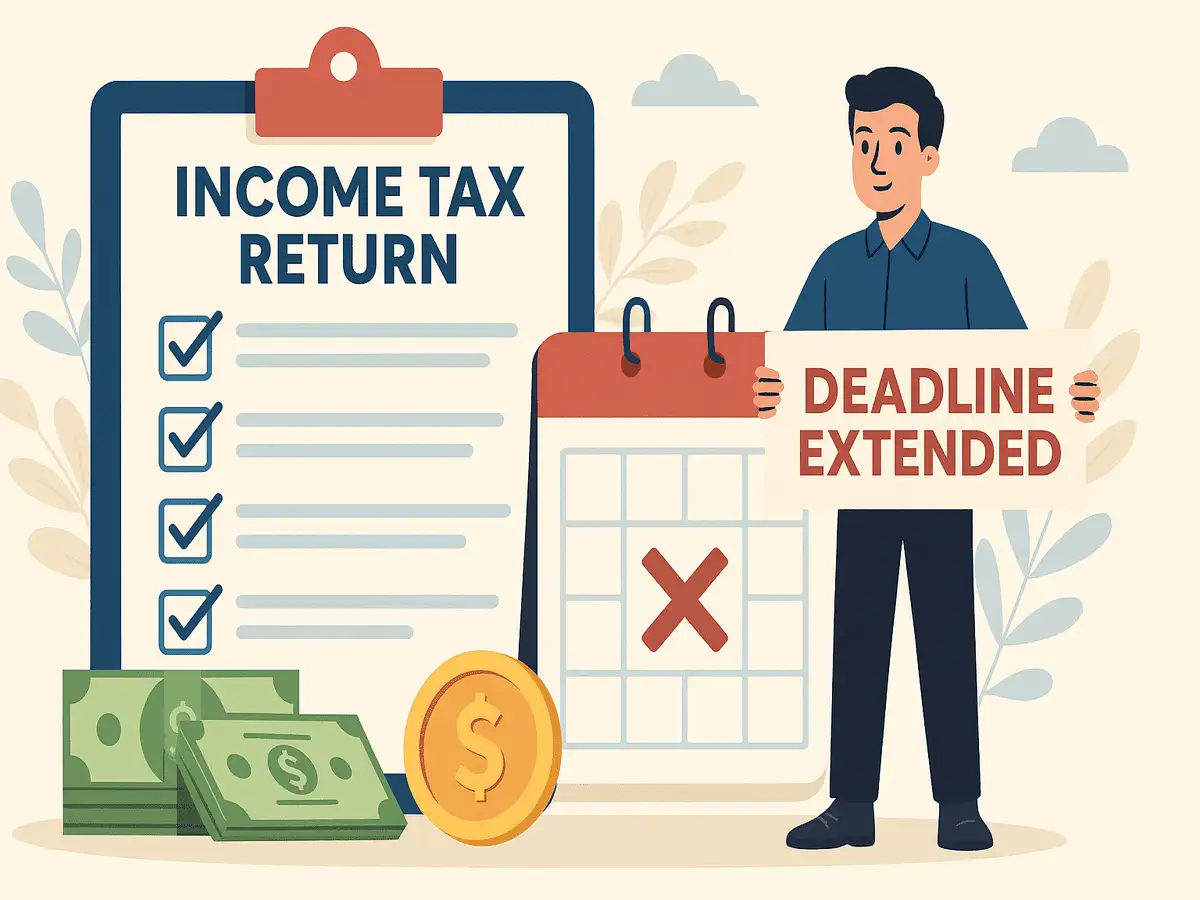Breakthrough Productivity Gadgets for Office and Study: Maximize Focus, Comfort, and Efficiency
By Ananya Sengupta
Copyright techgenyz

Ergonomic productivity gadgets like laptop stands, external keyboards, mice, and supportive chairs improve posture and reduce fatigue.Workspace productivity gadgets such as sit-stand desks, dual monitors, and monitor arms boost comfort, flexibility, and efficiency.Focus-enhancing productivity gadgets like noise-canceling headphones and task lighting cut distractions and sharpen concentration.
Modern work and study involve long hours of screen time, frequent task switching, and maintaining focus in loud environments. The best tools are those that help reduce distractions. They improve posture, lower noise levels, simplify tasks, and lessen fatigue, allowing the brain to think clearly. Below is a practical guide based on evidence that highlights the tools that have the greatest impact.
Laptop stand, external keyboard, and mouse: the ergonomic starter kit
A laptop’s all-in-one design promotes a hunched posture. If the screen is at eye level, the keyboard is too high. If the keyboard is at elbow height, the screen is too low. The easiest solution is to use a foldable laptop stand to raise the screen to about eye level. You can pair this with an external keyboard and mouse at elbow height.
Basic ergonomics checklists from occupational health agencies highlight the importance of keeping wrists straight, supporting the lower back, keeping thighs parallel to the floor, ensuring feet are supported, and positioning screens so the neck stays neutral. This setup allows you to achieve all those goals without having to completely rebuild your desk.
If a traditional mouse bothers your forearm or wrist, a vertical or angled mouse can help reduce forearm pronation, which is the inward twist that strains muscles. This change won’t hurt pointing performance for most tasks. Not every design is ideal; “fully” vertical models can be less precise for some users. However, several peer-reviewed studies show reduced pronation and different muscle loading that many find more comfortable during long sessions.
Sit-stand desk (or a riser)
Long periods of sitting can lead to discomfort and fatigue. Sit-stand desks help by allowing users to change their posture throughout the day. Research and reviews show that these setups reduce sitting time and can decrease back pain, overall discomfort, and sleepiness. However, there can be some downsides, such as increased lower-leg discomfort from standing too long. The goal is to alternate between sitting and standing rather than completely replacing sitting. For those on a budget, a desktop riser can provide much of the same benefit.
Longer studies indicate that the benefits are most significant when the workstation is set up correctly, and the space allows for natural movement. Spending ten minutes to adjust the height, keyboard reach, and monitor position is worthwhile.
Dual monitors or an ultrawide
If your work involves comparing documents, transferring data between windows, or managing research tabs, having more horizontal pixels can save you time. Classic lab and field studies, such as the “Utah study,” and subsequent research showed significant reductions in task time and a preference for dual displays among users. Although the exact percentage of improved productivity varies depending on the task and setup, the main point is clear: more screen space leads to less window shuffling and fewer mistakes from switching. A good setup is two 24- to 27-inch monitors positioned at the same height and distance, slightly curved around your line of sight.
Noise-cancelling headphones
Open offices, dorms, and busy homes let sound spill out, making speech our most distracting noise. Active noise-canceling (ANC) headphones can reduce disturbances. Some studies show they can also improve memory and well-being in places full of speech. Other experiments find little to no direct boost in cognitive performance, indicating that expectations and the type of task can influence results. The main point is that ANC works well for creating a calming space and lowering fatigue. If silence feels uncomfortable, try using consistent ambient sounds or instrumental music alongside it.
A proper task chair
The chair isn’t flashy, but it’s essential. Look for an adjustable seat height and depth, lumbar support that fits the small of your back, armrests that align with your elbows at about 90 degrees, and a seat pan that doesn’t press against the back of your knees. If your feet dangle at the right desk height, a simple footrest can provide a stable, energy-saving base. These details help reduce muscle strain and fidgeting that can distract you during long sessions.
Monitor arm and document holder
A monitor arm lets you adjust the screen height, distance, and angle accurately. You can also change these settings during the day. This helps keep your neck in a neutral position and reduces glare. If you transcribe from printouts or books, a center-inline document holder that sits between the keyboard and monitor can reduce head turning and eye refocusing. This lowers neck strain and fatigue. Even a simple angled stand can help if a full inline platform isn’t an option.
Blue-light filtering glasses
Despite their popularity, high-quality systematic reviews show that blue-light filtering lenses do not consistently reduce digital eye strain or improve sleep compared to clear lenses. You can enhance eye comfort by focusing on ergonomics, controlling lighting, blinking, using lubricating drops when necessary, and taking regular breaks. These methods offer clearer, low-cost benefits.
How to assemble a high-impact setup (without overspending)
Start with posture and positioning. Elevate the laptop on a stand. Add an external keyboard and mouse. Place the screen about an arm’s length away, with the top near eye level. Adjust the chair so your hips are at or slightly above knee height, your back is supported, your shoulders are relaxed, and your feet are flat on the ground, using a footrest if needed. These changes address the biggest sources of fatigue first.
Add movement, not heroics. A sit-stand desk or riser makes posture changes easy. Aim to switch positions every 30 to 60 minutes and shift your weight when standing. If your legs get sore, sit down; if your back tightens, stand up. Alternating is the key.
Expand your visual workspace only if your tasks require it. If you frequently switch between windows, a second monitor can pay for itself in just weeks. If your work involves single-window writing, invest first in a better chair and improved lighting.
Control your sound environment. In noisy settings, ANC headphones help reduce distractions and perceived effort, even if raw task results don’t always improve. If ANC feels isolating, use low-volume ambient sound to mask speech without causing fatigue.
Keep accessories practical. Document holders, monitor arms, and docking hubs don’t make you more productive on their own, but they reduce the small issues that interrupt your focus. However, blue-light glasses aren’t backed by strong evidence; instead, consider spending that budget on a better lamp or stand.
The best productivity gadgets simplify your work by reducing strain and distractions. Begin by focusing on ergonomics, including your stand, keyboard, mouse, and chair. Next, adjust your visual space with a monitor arm and a second display. Improve your sound environment with active noise cancellation. Finally, set up a system to capture your workflow, like a whiteboard or ePaper. When you put these elements together effectively, you’ll notice a positive change: improved focus, less fatigue at the end of the day, and a workspace that encourages serious thinking.



